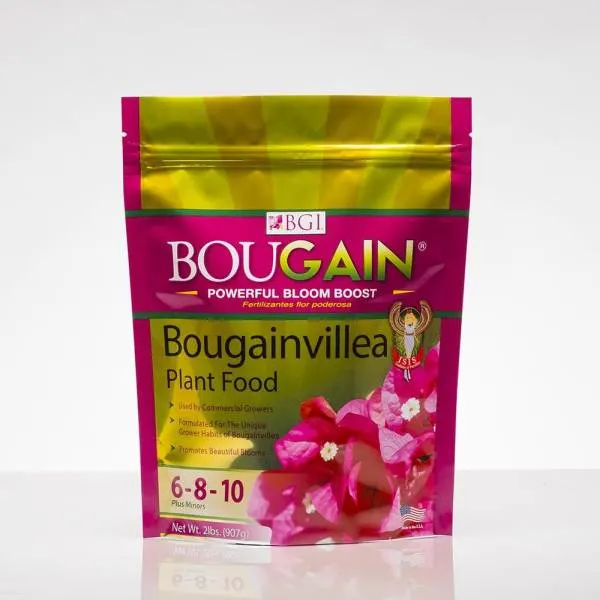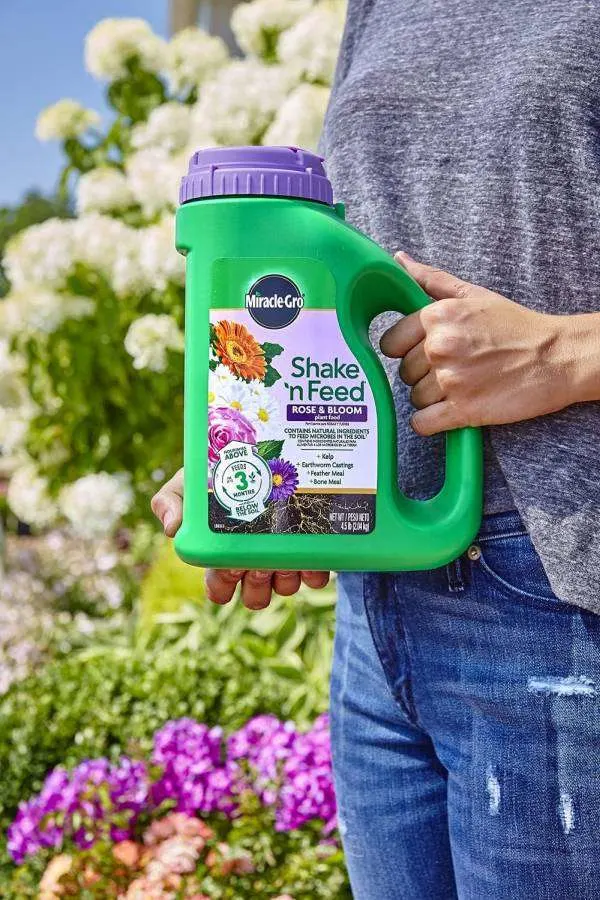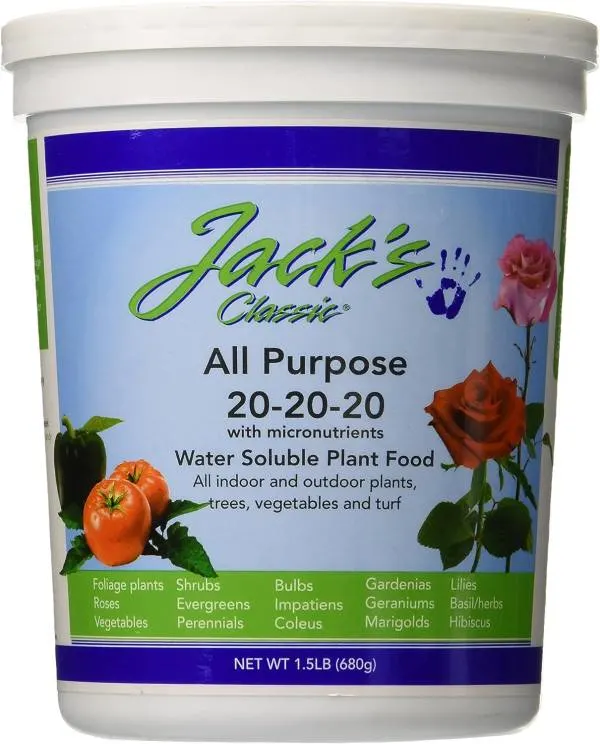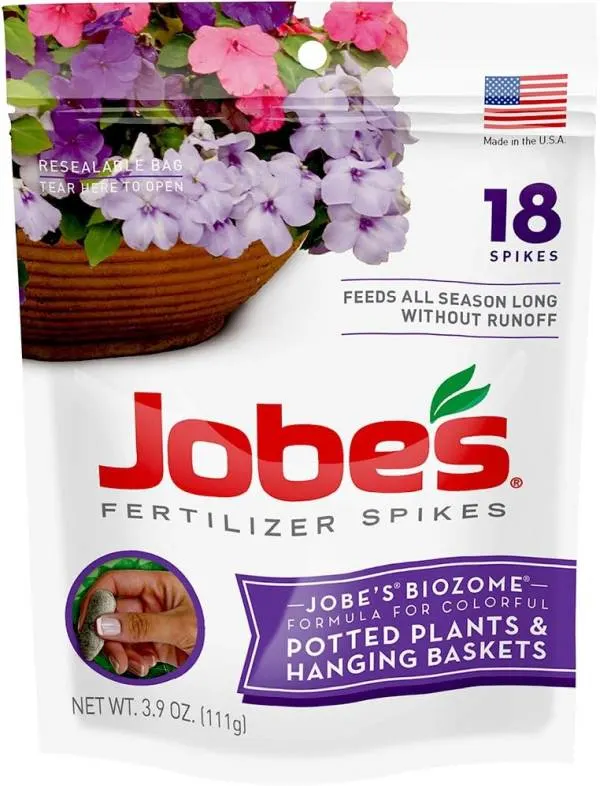The impressive and breathtaking splendor of the Bougainvillea plants gives an excellent sight to behold.
Bougainvillea species are well-known abundant flowering plants, but to unlock their ultimate potential, it is crucial to fulfill their nutritional needs.
Selecting the best plant food can significantly:
Promote healthy plant growth.
Encourage blooming!
Enhance the ability to withstand environmental challenges and ensure proper blooming during the plant’s active growing season.
However, with the range of options available, finding the best Bougainvillea fertilizer can be a daunting task.
But you don’t need to worry!
In this article, we will discover the secrets of choosing the best Bougainvillea fertilizer!
So, let’s dive deeper and find the best fertilizer for Bougainvillea plants today!

Best Bougainvillea Fertilizers!
Originating from South America, Bougainvillea plants have fascinated the hearts of numerous plant lovers.
With their dazzling array of vibrant colors, ranging from pink, purple, and red to softer hues of white and yellow, Bougainvillea plants bring immense joy and wonder to this world.
While Bougainvillea vines thrive in various environmental conditions, Bougainvillea fertilizer nurture their growth and massively encourage flowering, which cannot be overlooked.
So, in order to find the best Bougainvillea fertilizer, let’s start with its nutritional needs.
Bougainvillea’s Nutritional Needs!
Like any other living plant, Bougainvillea plants rely on different nutrients to support their new growth and development during the growing season.
Though they are known for their hardiness and ability to survive in various environments, it is still essential to understand the key nutrients required for growing Bougainvillea plants.
Bougainvillea plants typically require three significant nutrients for their healthy growth, including:
Nitrogen
Phosphorous
Potassium
Apart from these essential macronutrients, certain micronutrients that, although required in minute quantity, are vital for the healthy growth of Bougainvillea plant.
These may include iron, magnesium, and zinc.
What is Bougainvillea Fertilizer?
Bougainvillea fertilizer is a specialized type of fertilizer specially formulated to meet the unique nutritional requirements of Bougainvillea species.
Getting my point?
It is designed to provide a balanced blend of essential nutrients to Bougainvillea plants, including all essential macronutrients and micronutrients.
A fertilizer for Bougainvillea is carefully created to address the specific nutritional needs of these tropical plants (as mentioned before).
They typically contain a balanced ratio of nitrogen (N), phosphorus (P), and potassium (K), often referred to as the NPK ratio, which ensures there is the right proportion of each macronutrient for growing Bougainvillea plant.
In addition to the primary macronutrients, Bougainvillea fertilizers may contain essential micronutrients.
But what is the difference between regular fertilizers and those specially formulated for Bougainvillea?
Listen! While a generalized fertilizer may provide a general source of nutrients, it may not contain the specific blend and ratio of nutrients required by Bougainvillea plants.
Moreover, regular plant food may lack the essential micronutrients that Bougainvillea species require.
These micronutrients, although needed in smaller quantities, are crucial for the plant’s healthy foliage growth and vitality.
Fertilizers designed for excessive foliage growth in Bougainvillea often include these micronutrients to support the plant’s specific physiological processes and functions.
Factors to Consider When Choosing the Right Fertilizer?
To ensure the best growth of Bougainvillea flowering plants, you must consider certain factors to find the fertilizer specially formulated for these tropical plants.
These factors include:
Growth Stage and Specific Needs
Bougainvillea vines go through distinctive growth cycles, such as establishment, vegetative growth, and flowering.
Each stage has specific nutritional requirements.
It is essential to choose organic fertilizers that serve Bougainvillea’s specific needs during each stage, providing the appropriate nutrients for:
Strong root development
Leaf growth
Abundant flowering
Soil Conditions and pH Levels
Understanding the soil condition in which the beautiful plant of Bougainvillea is planted is crucial because the soil’s pH level affects nutrient availability to the plant.
Bougainvillea generally thrives in slightly acidic to neutral soil with a pH range of 5.5 to 7.0.
Choosing a fertilizer that complements the soil’s pH level ensures optimal nutrient uptake and utilization by the plant.
Balanced NPK ratio in Fertilizers
Nitrogen (N), phosphorus (P), and potassium (K) are the primary macronutrients that Bougainvillea plant requires in balanced proportions.
Different growth stages may require varying ratios of these nutrients.
Generally, a fertilizer with an NPK ratio of 2:1:2 or 1:1:1 is suitable for Bougainvillea, providing a balanced nutrient supply for healthy growth.
Slow-Release Fertilizer Vs. Quick-Release Fertilizer
Depending on specific requirements, Bougainvillea bloom can benefit from both slow-release fertilizer and quick-release fertilizer.
Slow-release fertilizers gradually release nutrients over an extended period, providing a steady supply of nutrients to the plant.
Quick-release fertilizers, on the other hand, provide an immediate nutrient boost.
Determining the desired nutrient release rate and duration can help choose the appropriate fertilizer type of both mature and young plants.
Organic Vs. Synthetic Fertilizers
Regarding this factor, the choice is all yours!
Organic fertilizers are derived from natural sources and provide slow-release nutrients and organic matter that enhance soil health.
Synthetic fertilizers are chemically formulated and offer precise nutrient ratios.
Both types can be suitable for Bougainvillea, but considering factors such as environmental impact and impact on fertile soil health can guide the choice.
Which Fertilizers Are Best for Bougainvillea?
When choosing a plant food for your Bougainvillea vines, consider these recommended options designed to meet their nutritional needs.
Each of these fertilizers offers unique advantages and can contribute to your Bougainvillea’s vibrant growth during the blooming period, bringing a touch of tropical beauty to your garden.
Let’s discuss all these widely available options in detail.
1. Miracle-Gro Shake ‘N Feed 10-18-9
Miracle-Gro Shake ‘N Feed is a granular fertilizer designed to nourish and promote the growth of various flowering plants, including Bougainvillea.
The balanced ratio of nutrients provides fertile soil with essential support for both foliage and blooming.
The higher phosphorus (P) content aids in root development and flower production, while nitrogen (N) and potassium (K) contribute to plant health.
One unique advantage of Miracle-Gro Shake ‘N Feed is its slow-release formula.
It gradually releases nutrients over a span of several months, reducing the need for frequent applications.
This feature ensures a continuous and steady supply of nutrients to Bougainvillea plants, supporting sustained growth and vibrant blooms.

2. Jacks Classic No.1.5 Fertilizer 20-20-20
Jacks Classic No.1.5 Fertilizer is a water-soluble fertilizer popular for its balanced and precise nutrient composition.
The equal ratio of nitrogen (N), phosphorus (P), and potassium (K) provide all the nutrients to Bougainvillea.
This fertilizer is particularly effective during blooming period in young plants.
Notable customer reviews highlight the effectiveness of Jacks Classic No.1.5 Fertilizer in promoting vigorous Bougainvillea bloom growth and stunning foliage production.
Its quick solubility ensures rapid nutrient uptake by the plant, delivering visible results in a short period.

3. Jobes Fertilizer Spikes for Flowers 8-9-12
Jobes Fertilizer Spikes for Flowers are specifically formulated for Bougainvillea in pots.
The balanced combination of nitrogen (N), phosphorus (P), and potassium (K) supports overall plant health, robust blooms, and enhanced flower coloration.
These convenient fertilizer spikes offer ease of use and a slow-release approach, gradually supplying nutrients to the Bougainvillea over an extended period.
The 8-9-12 NPK ratio ensures a gentle and sustained nutrient release, preventing over-fertilization while providing long-term nourishment for healthy and vibrant Bougainvillea plants.

When Is the Best Time to Fertilize?
Timing and frequency of fertilization play a crucial role in providing the Bougainvillea plant with the necessary nutrients at the right stages of growth.
While the exact timing may vary based on climate and specific varieties, here are some general guidelines to follow:
Early Spring: As the growing season begins, early spring is ideal for kickstart fertilization. Apply a balanced fertilizer formulated for Bougainvillea to give the plant essential nutrients for vigorous growth.
Mid-Spring to Mid-Summer: During active growth, Bougainvillea benefits from regular fertilization. For most cultivars, applying fertilizer every four to six weeks is recommended. However, it is essential to follow the instructions on the fertilizer packaging and adjust the frequency based on the specific product’s recommendations.
Late Summer to Fall: As the growing season ends, it is generally advisable to reduce or stop fertilization. It allows the plant to gradually transition into a period of dormancy. Fertilizing during this time may stimulate new growth susceptible to damage from cold temperatures.
Related Article: When Do Bougainvillea Bloom in Florida? | Perfect Blooming Time!
Seasonal Variations and Growth Cycles
Considering seasonal variations and growth cycles is vital when determining the best time to fertilize Bougainvillea.
Bougainvillea’s growth patterns can be changed by environmental factors, such as temperature, daylight hours, and moisture levels.
So, getting these seasonal variations can help optimize fertilization practices and ensure abundant flowering plants.
Seasonal Variations
Regional climate and seasonal changes impact Bougainvillea’s growth and nutrient needs.
In areas with different seasons, fertilization should associate with the plant’s blooming season and the corresponding climate conditions.
For example:
In temperate regions, it is advisable to increase fertilization during the warmer months when Bougainvillea is actively growing.
In tropical or subtropical regions where Bougainvillea can grow year-round, adjustments to fertilization may be required based on local weather patterns.
Growth Cycles
Bougainvillea undergoes two distinctive growth cycles characterized by periods of active growth and rest.
During active growth, the plant requires a consistent supply of nutrients to support:
Healthy vegetative green growth
Root system
Proper blooming
Fertilizing during this phase provides the necessary nutrients for favorable growth.
In contrast, Bougainvillea’s nutrient requirements decrease during the rest or dormant phase, and fertilization should be reduced or suspended.
How to Fertilize Bougainvillea?
Proper fertilizer application ensures that Bougainvillea plant receives the necessary nutrients without causing harm.
Select a high-quality fertilizer specifically formulated for Bougainvillea.
Look for a balanced NPK ratio, with equal or slightly higher amounts of phosphorus (P) and potassium (K) compared to nitrogen (N). High nitrogen fertilizer promotes vegetative green growth, while higher proportions of P and K promote flowering.
Each fertilizer may have specific guidelines and recommended dosages.
Start by carefully reading and understanding the instructions provided on the fertilizer label.
Consider the growth stage of your Bougainvillea and the specific fertilizer you are using to determine the proper dosage.
Follow the instructions provided by the manufacturer to ensure that you are applying the correct amount.
If using water-soluble liquid fertilizer, dissolve the appropriate amount in water according to the instructions.
Stir well to ensure even distribution.
If using slow-release granular fertilizer, follow the recommended dosage per plant size.
Pro Tip: Apply fertilizer to Bougainvillea during its active flowering season, typically in spring and summer and avoid during winter or dormant periods, as the plant’s nutrient requirements are reduced.
There are two standard methods for applying fertilizer to Bougainvillea:
Soil Application
Apply the fertilizer evenly around the base of the plant, avoiding direct contact with the stem.
Gently work the fertilizer into the top layer of soil using a hand rake or cultivator.
Be cautious not to damage the shallow root system.
Foliar Application
Dilute the water-soluble fertilizer according to the instructions and spray it directly onto the foliage, ensuring complete coverage.
This method provides a quick nutrient boost.
But it should be used sparingly and not as the primary method of fertilization.
Note: After applying the fertilizer, thoroughly water the soil around the plant to help distribute the nutrients and prevent potential fertilizer burn. Ensure the water reaches the root zone but avoid excessive watering that may lead to waterlogging.
That’s all.
Conclusion!
Now you completely understand which is the best Bougainvillea plant food.
To find the best fertilizer for your Bougainvillea, you must consider its nutritional requirements. Choose the fertilizer that contains both the essential macro and micronutrients.
The best time to fertilize Bougainvillea depends on the seasonal variation and growth cycle. Fertilize your plant during its active growth phase and stop fertilizing during the dormant phase.
Also, don’t forget to water the plant thoroughly after applying fertilizers.
So, go ahead and give your Bougainvillea the care it deserves.
Happy gardening!
Warmly,
Moiz Atiq.

